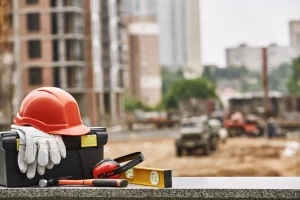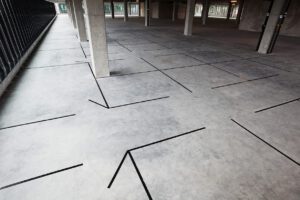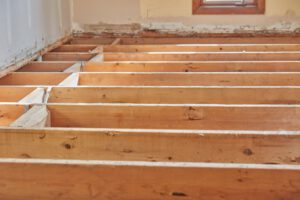A water-based, polymer-based, or solvent-based concrete conditioner is the most common type of conditioning agent. Your needs and budget should determine which type of conditioner you choose.
Floor reconditioning should be preceded by professional concrete grinding, and here’s why:
The process of grinding concrete removes the surface layer to make it smoother, remove an uneven texture, or clean it. A machine with diamond-impregnated discs on its rotating drum is typically used to accomplish this task.
The concrete restoration process includes two steps: grinding and polishing. Polishing removes any remaining imperfections and produces a smooth surface, whereas grinding removes any defects without creating a smooth surface.
Concrete grinding and floor reconditioning can provide a number of benefits.
A neglected concrete floor can become a safety hazard and an eyesore.
A concrete grinding and reconditioning floor removes the old surface of the floor to reveal the new one. This process is also known as diamond grinding or diamond polishing and can be accomplished with a hand or power tool.
There are many advantages to concrete grinding and reconditioning floors! It not only restores the beauty of your floor, but it also provides protection against water damage, scratches, chemical spills, salt stains, and other common wear-and-tear.
When using a concrete conditioner, there are a few things to keep in mind.
Although concrete is a durable material, it can be damaged. This article discusses the different types of concrete conditioners and what you should know about them.
A concrete conditioner chemically enhances the durability of concrete, making it more resistant to damage and deterioration. It can be applied to the surface or injected into the pores of concrete using drilled holes.
Conditioners made from water, polymer, and solvent are the most frequently used types of concrete conditioners. Your requirement and budget determine which type you should use.












